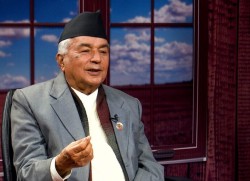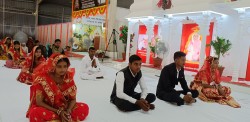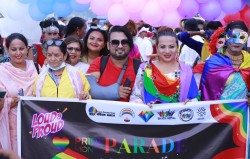Nepal
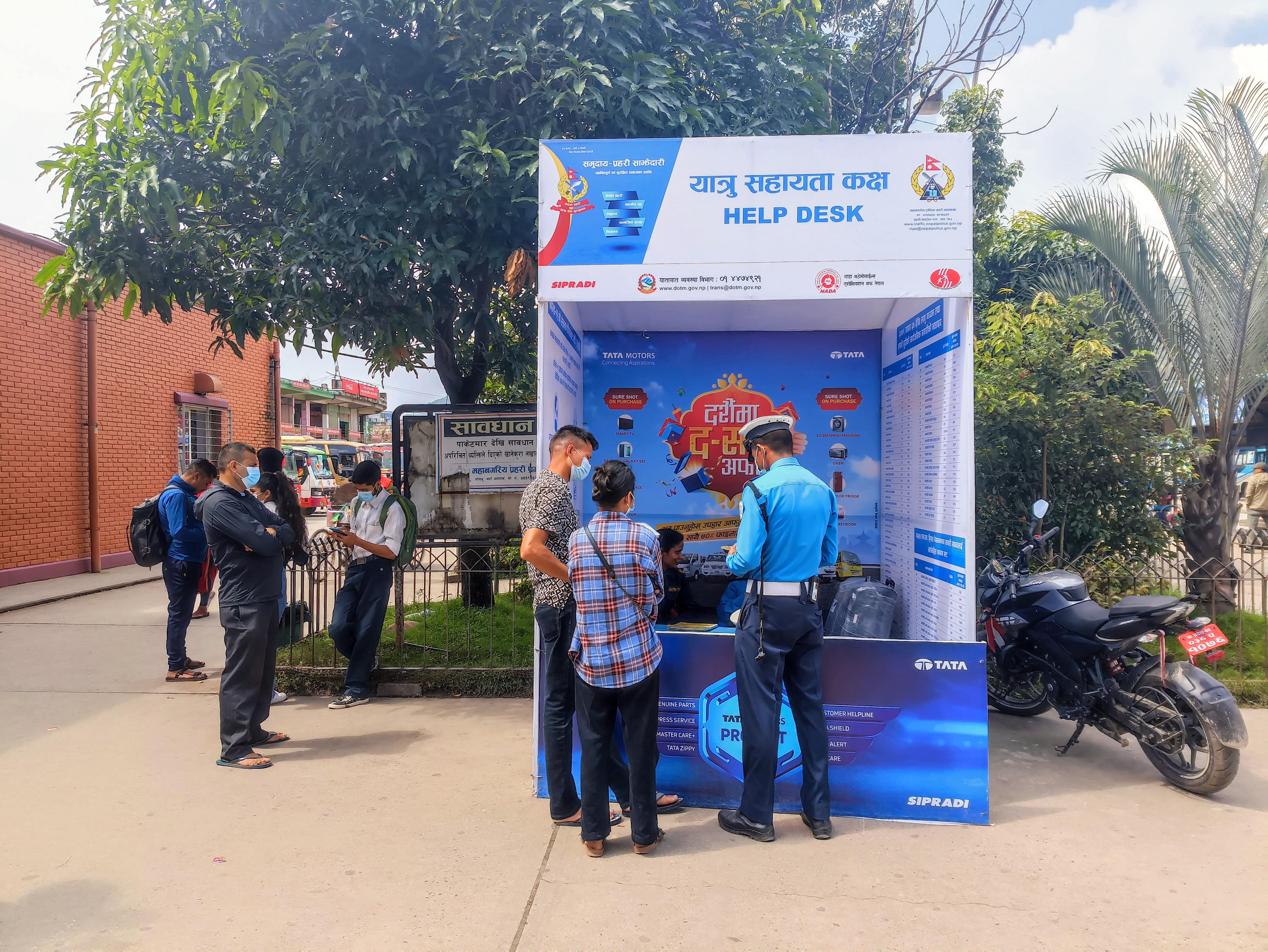
Kathmandu Valley Traffic Police Office has devised newer plans for this festive season in an attempt to reduce traffic accidents.
As in the past, the measures include strict drink driving tests and curbing overcrowding of vehicles. This time around, traffic police will be going a step further: educating passengers and road-users violating traffic and road safety rules.
With the start of the biggest festival, Dashain, the valley has started seeing the biggest annual travel rush. Over 2 million people are expected to travel outside the valley for Dashain, according to Kathmandu Valley Traffic Police.
“Not just drivers, we will try to educate passengers too,” spokesperson and Information Officer at Kathmandu Valley Traffic Police Office, SSP Rajendra Prasad Bhatta, told Nepal Minute. “After all, passengers too have a big responsibility to prevent accidents.”
Blaming “drink driving, overloaded vehicles” and mechanical issues for the accidents, he added that the traffic police would take every possible measure to control accidents.
Well-equipped traffic police
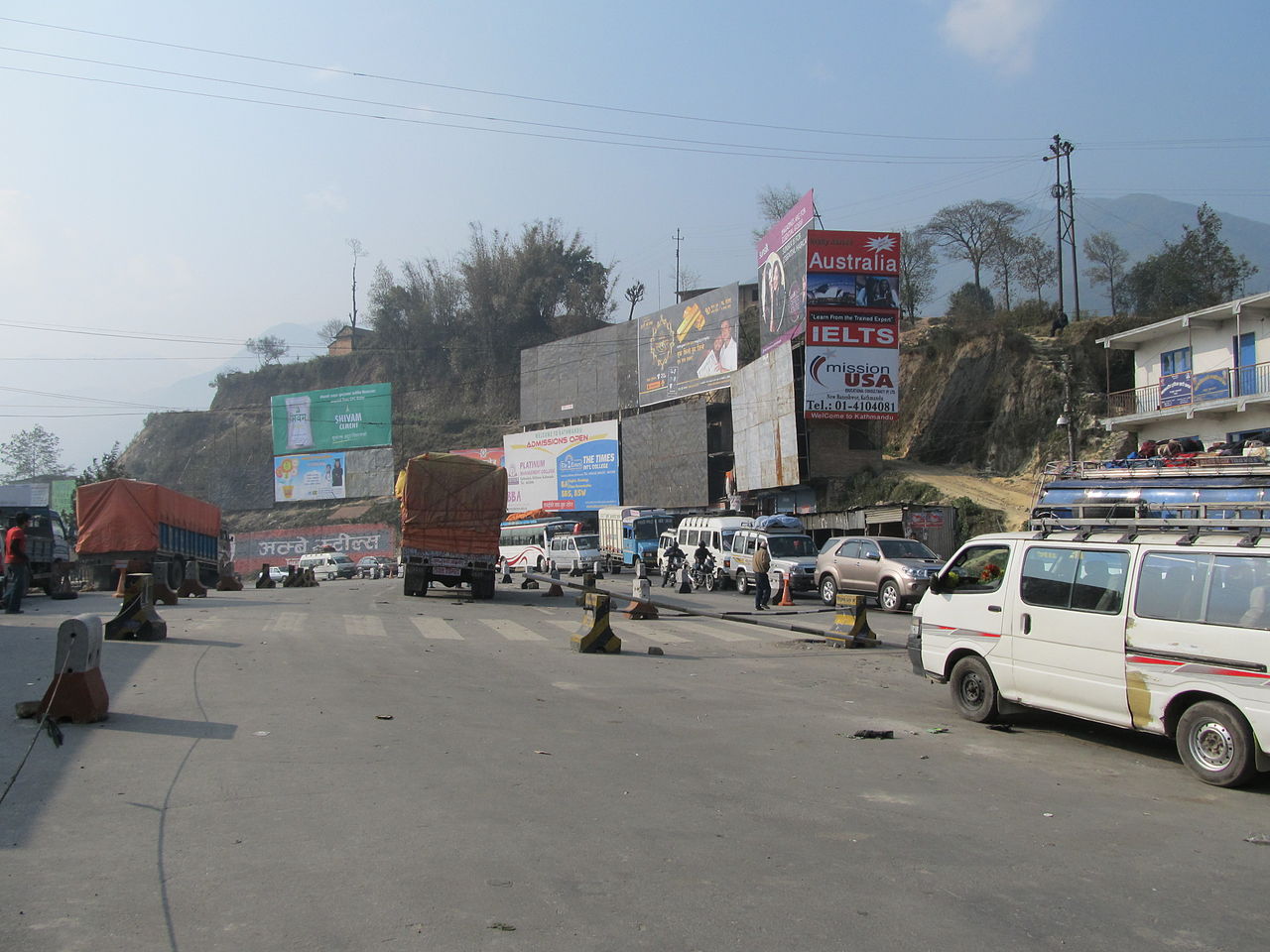
In each of six exit points of the valley, he said, the traffic police have already set up check posts, with traffic officers armed with breathalysers. “We will check each and every driver for drink-driving both during the day and night,” he said.
Furthermore, the officers will check if the vehicles are overloaded with more than specified number of passengers. They will take action against drivers carrying passengers on their roof-top-carriers which are supposed to carry only a specified amount of goods.
Equally important, the traffic police will closely monitor long-distance buses too. “We will be monitoring if the buses departing for the long routes have two drivers,” said Bhatta. Every long-distance bus is required to have two drivers working in shifts to avoid accidents due to fatigue or sleep deprivation.
Traffic police have also set up help desks in 14 different places around Kathmandu valley targeting the passengers travelling out of the valley. The sole purpose of these help desks is to help and facilitate passengers and to discourage nefarious transport entrepreneurs.
“We often see naïve passengers getting dragged by drivers, or helpers in bus stops. We won’t let this happen this time around,” he added.
According to Bhatta, the volume of the traffic exiting the valley is two to three times higher than normal in the run-up to Dashain. This leads to traffic gridlocks in Sanga-Kavre and Nagdhunga-Naubise sections.
“Unfortunately we can’t expand the road’s width overnight, so it is expected we face traffic jams along the routes,” he said. “However, we are employing more traffic manpower along the route to ease the traffic.”
With floods and landslides still affecting major highways, officials are expecting disaster-triggered traffic delays. Bhatta urged passengers to carry food and water with them.
Accidents
On September 22, 12 passengers lost their lives in two separate road accidents that happened in Rukun-East and Makawanpur.
As well as transport operators and drivers, SSP Bhatta argued, passengers too are to be blamed to some extent.
“You, I and every one of us climb over the bus and travel if no space is available inside the bus,” he said. “We let drivers drive the bus, even though we know he is drunk. We let drivers over-speed and drive recklessly.”
In the fiscal year, 2078/79, over 21,500 road accidents were recorded in Nepal. While most of them were attributed to the drivers’ faults, over 11,500 accidents happened because of over-speeding and nearly 1,200 due to drink-driving, according to Nepal Police data.
SSP Bhatta requests every passenger to be vigilant and complain to the police if they see any breach of road safety rules. “After all, every passenger is a police personnel without the uniform,” he added.
